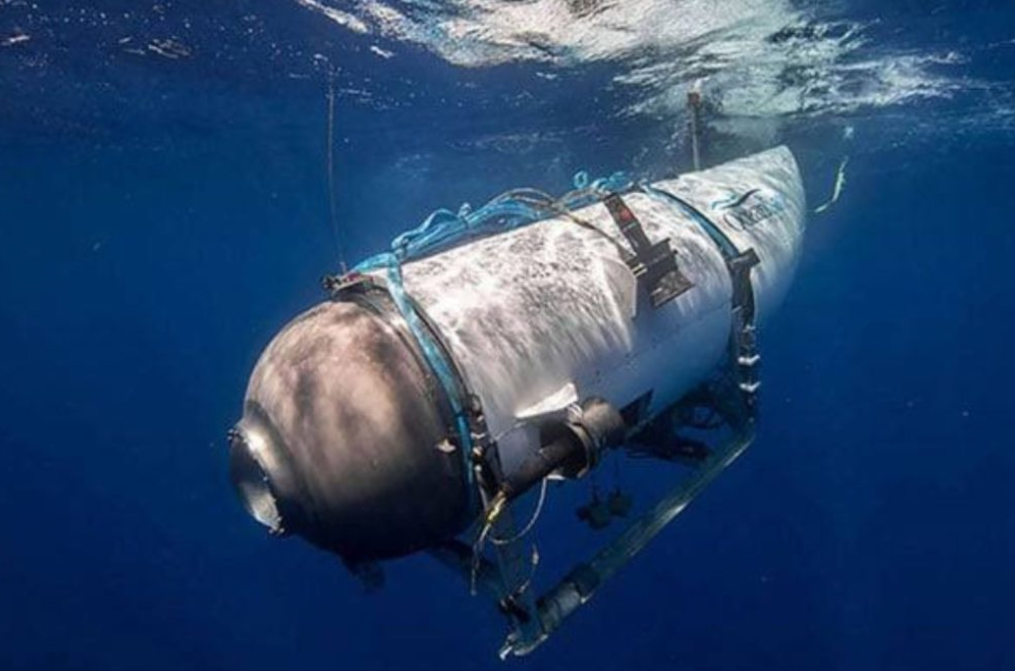In the hunt for the missing Titan submarine, debris has apparently been discovered, including pieces of its exterior cover.
The debris reportedly includes "a landing frame and a rear cover from the submersible," according to the head of the Explorers Club, which is connected to the diving community, dive specialist David Mearns told the BBC.
A "debris field" was discovered, the US Coast Guard had earlier reported.
Did you read this?
It is currently being examined.
A remote-controlled underwater search vehicle (ROV) found the wreckage close to the Titanic's ruins.
A US Coast Guard news conference is scheduled for 1500 EST (1900 GMT) on Thursday afternoon.
In the hunt for the missing Titan submarine, debris has apparently been discovered, including pieces of its exterior cover.
Paul-Henri Nargeolet, a French explorer, and British businessman Hamish Harding are both Explorer's Club members who make up two of the five persons on board.
With enough oxygen for its five crew for four days, the Titan vessel vanished on Sunday in a desolate area of the North Atlantic.
It may have experienced a catastrophic implosion as a result of a hull failure, according to certain experts' theories.
The minivan-sized submersible was owned and operated by the private company OceanGate Expeditions.
The firm's co-founder, Guillermo Söhnlein, told the BBC that he believes there may have been an "instantaneous implosion" of the craft.
"If that's what happened, that's what would have happened four days ago," he said.
Mr Söhnlein added that his "biggest fear" during the search was that the Titan had surfaced after communications had been lost – which he said would have been standard protocol.
"From the beginning I always thought that's probably what Stockton [Rush, the sub's pilot] would have done," he added. "In which case it becomes very difficult to find the sub, because the surface ship wouldn't have known it was coming up and wouldn't have known where to look."
If the sub is found under the sea's surface, it will need to be reached by complex rescue equipment and then brought to the surface in an operation that would likely take hours.
Earlier in the week, Canadian search planes reported hearing undersea noises.
It remains unclear what these noises were, and authorities have cautioned they may not have been related to the Titan.
Thursday's announcement that a debris field was found is so far the only potential clue discovered by ROVs that have been deployed to the area.
One of the ROVs, deployed from the Canadian vessel Horizon Arctic, reached the ocean floor early Thursday morning.
Several more were expected to arrive later in the day.
A French research ship, the Atalante, also arrived in the area on Thursday morning and deployed its own ROV, the US Coast Guard said.
That robot has expertise examining the Titanic and can descend to depths below the ruin, which is located roughly 12,500 feet (3,810 meters) below the surface.
About 26,000 square kilometers (10,000 square miles) of sea are being swept, which is twice the size of the US state of Connecticut.
According to experts, the region is prone to bad weather and low visibility, which complicates search activities.









